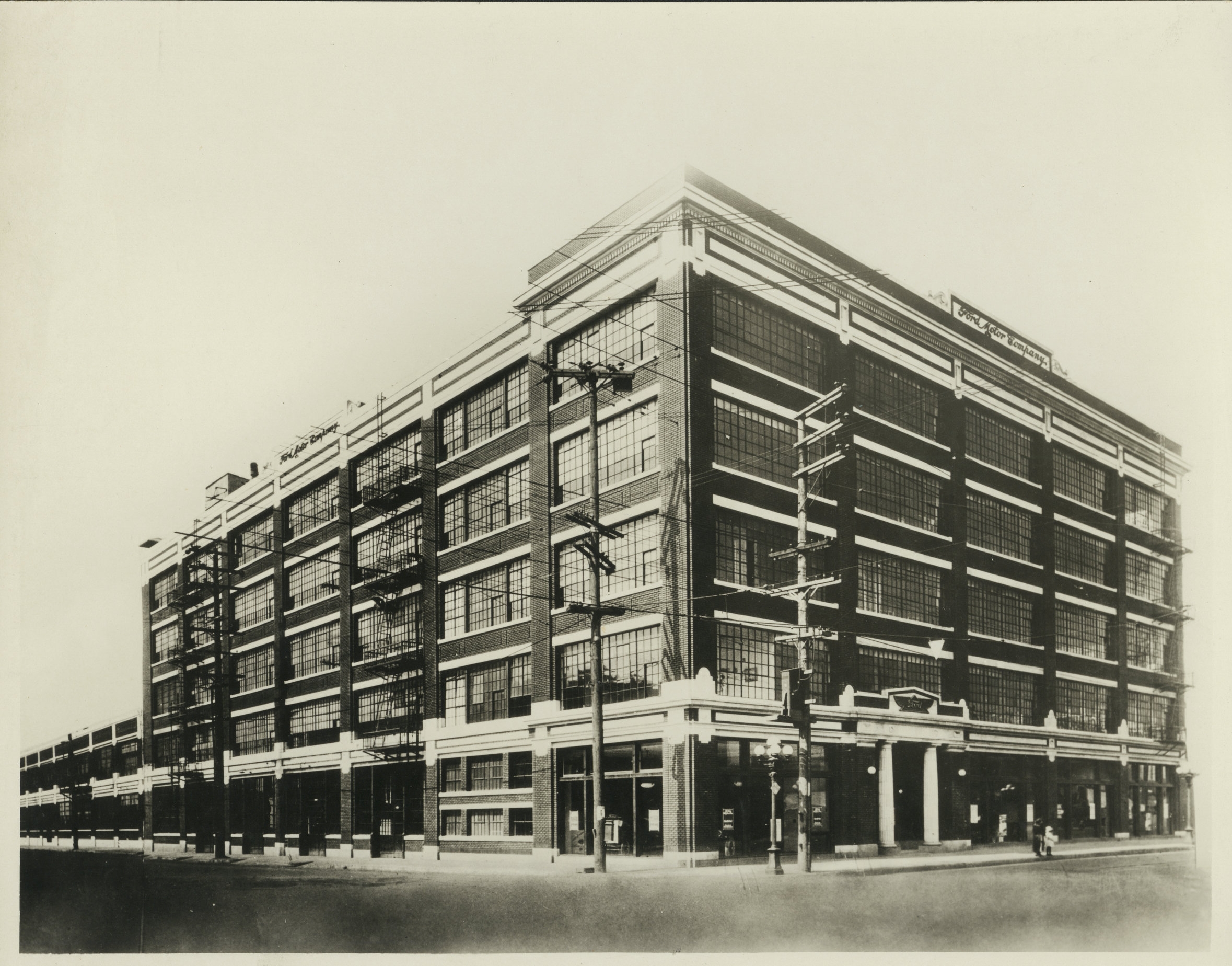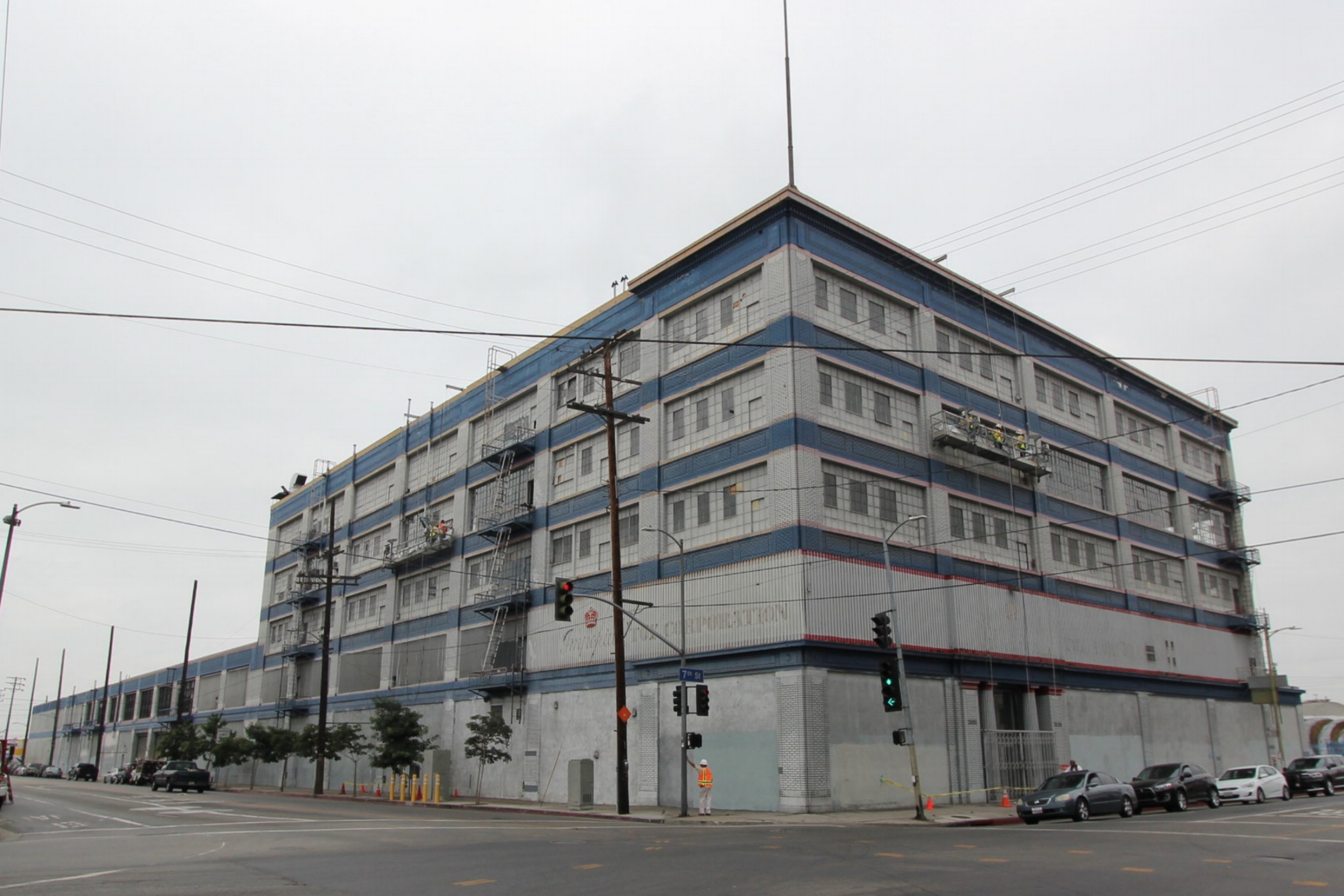Re-imagining the Ford Factory sparked a collaboration under CEQA to rehabilitate a Beaux-Arts daylight factory where Model T's were assembled. Today, the Ford Factory is an excellent commercial adaptive reuse that restores lost historic integrity while inspiring new creative work.
Chattel prepared a Historic Resource Assessment and CEQA Impacts Analysis for rehabilitation of the 1914 Ford Motor Company Assembly Plant. Under CEQA, when a project is expected to cause substantial adverse change to a historical resource, environmental clearance for the project would require mitigation measures to reduce impacts. As the qualified historic architect, Chattel ensured the Ford Factory's continued conformance with the Secretary of the Interior's Standards through design collaboration and construction monitoring with owner Shorenstein and project architect Rockefeller Partners Architects. Thus, environmental impacts were reduced to a less than significant impact, and the Ford Factory came back to life with new creative office and retail space for tenant Warner Music Group.




